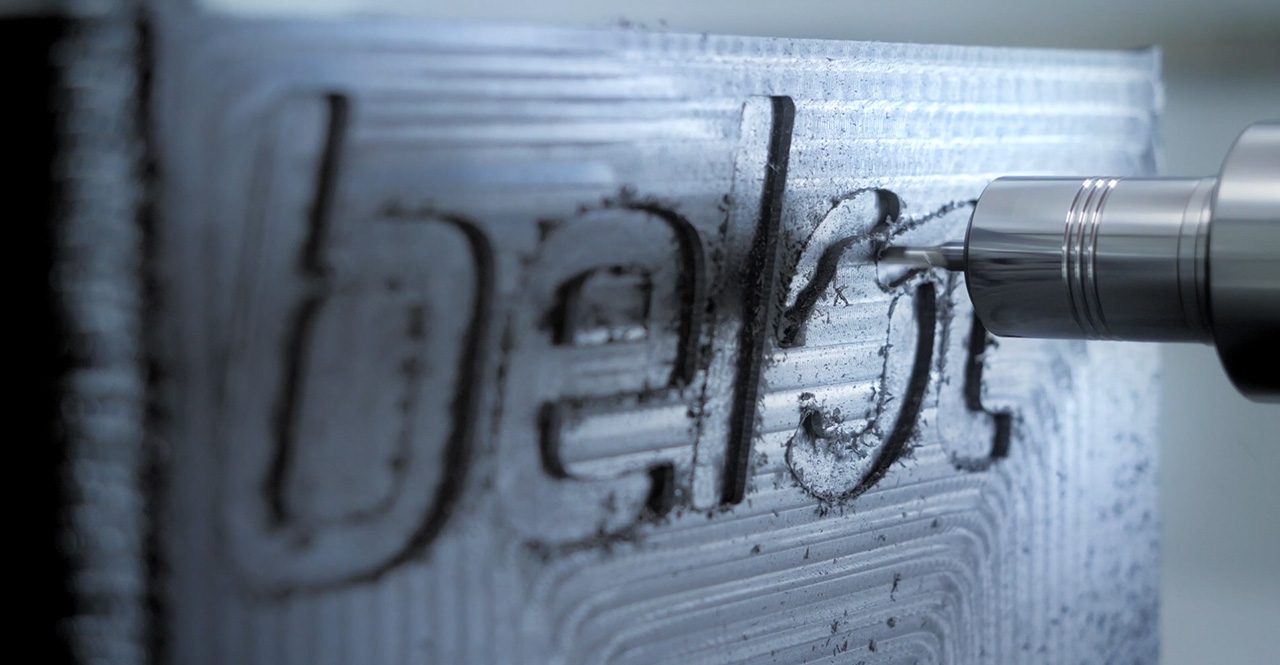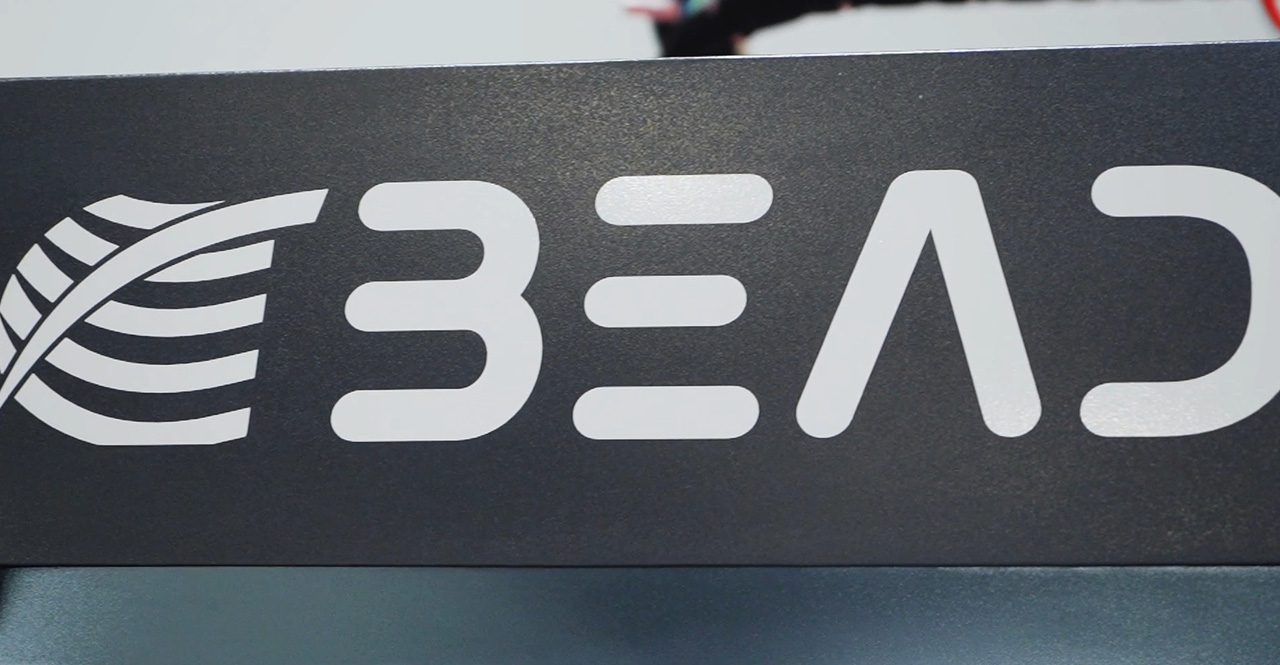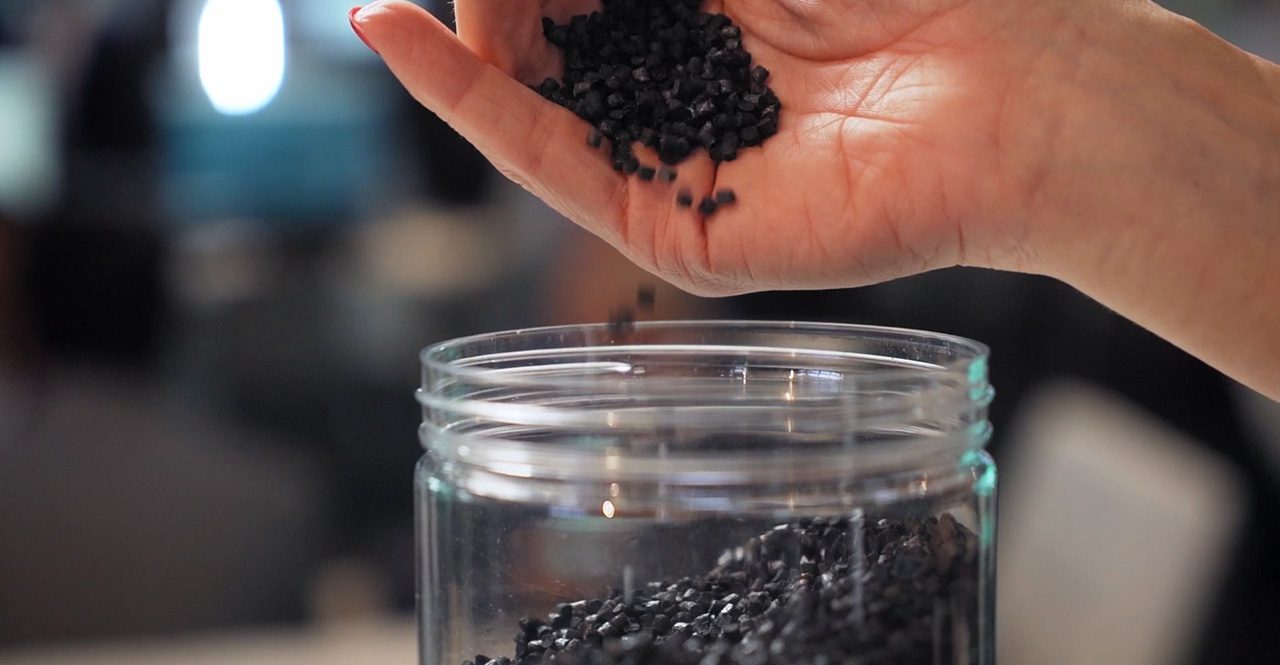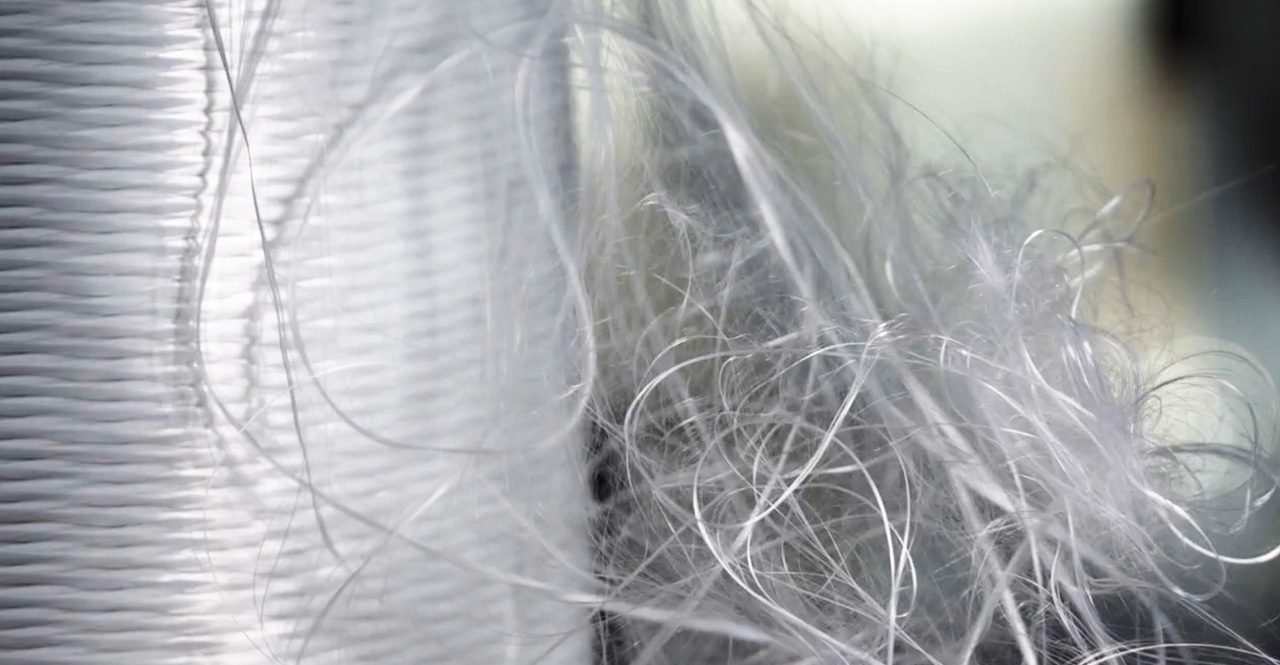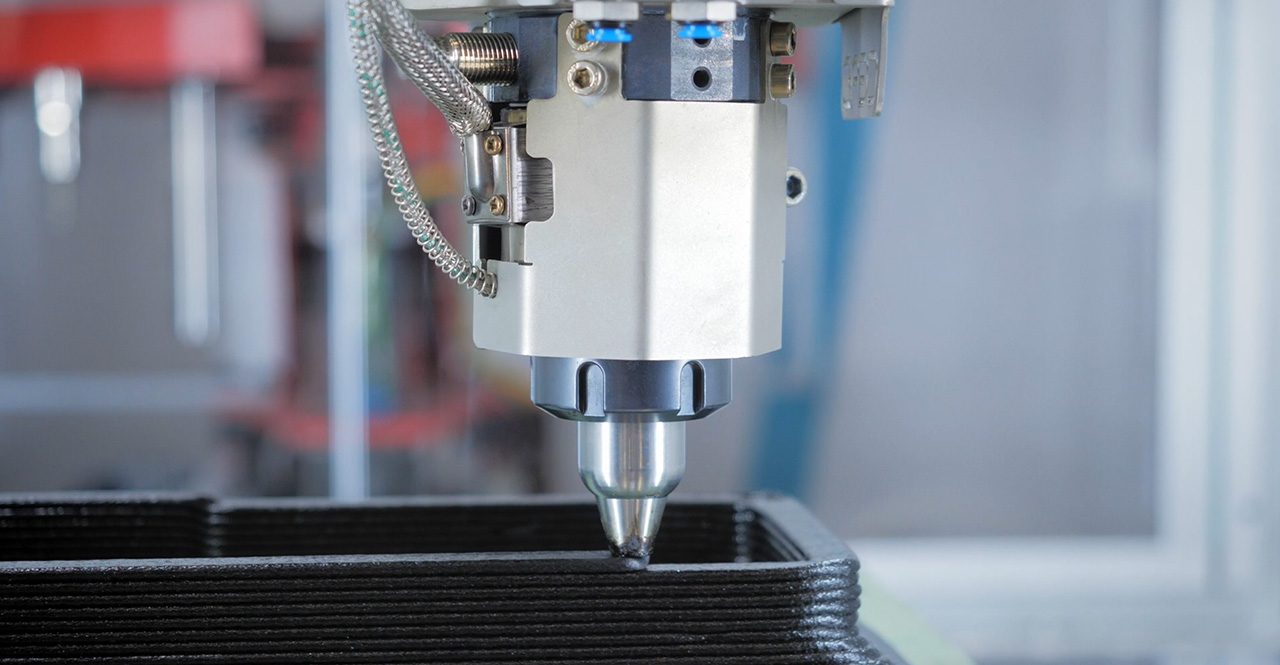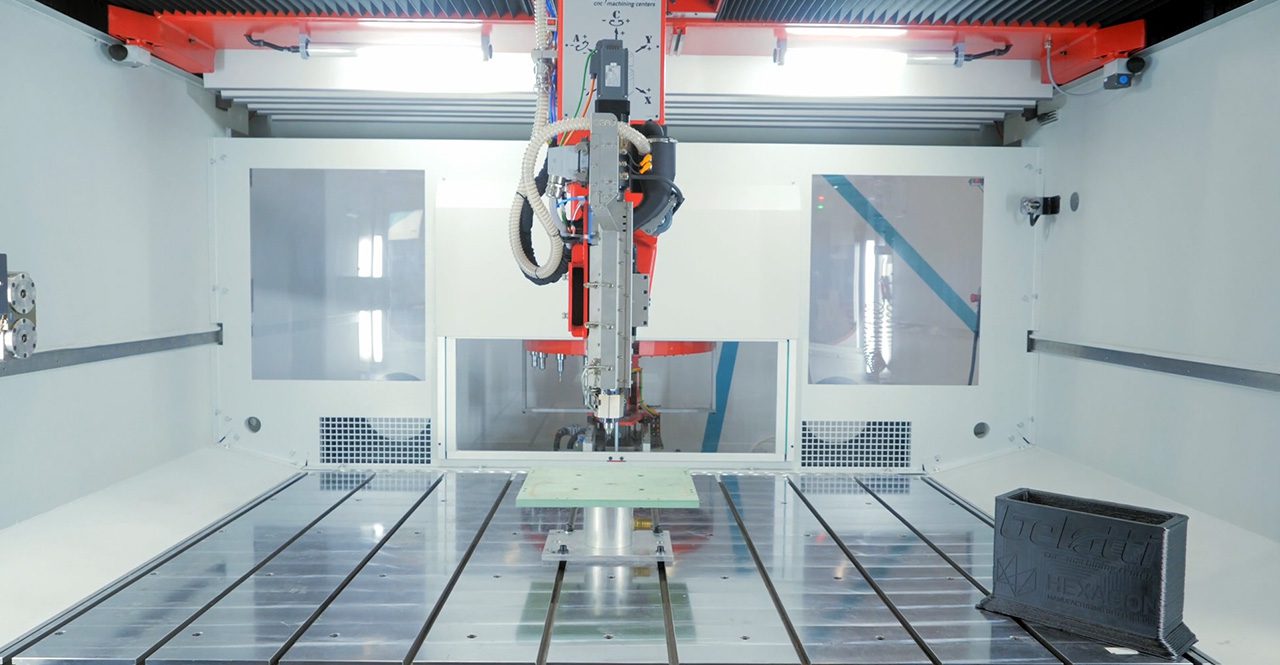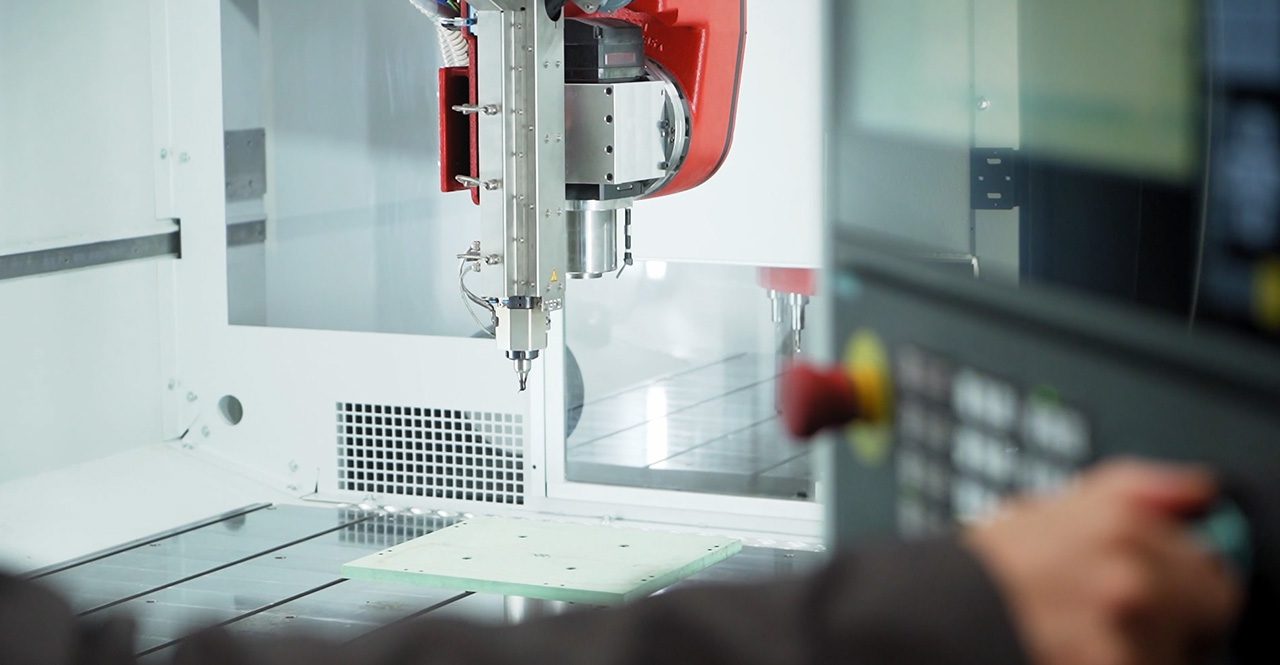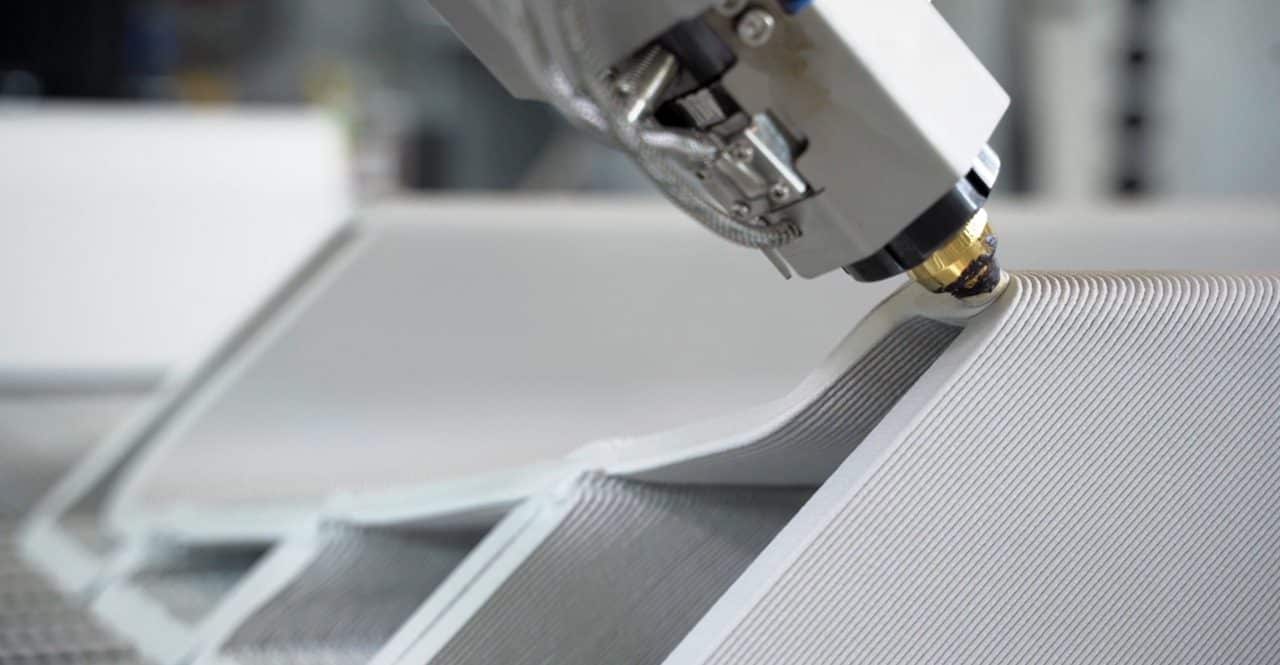
17 February 2022
Additive Manufacturing and the advantages of this technology offers to many entrepreneurs a wide range of technological possibilities: the achievements obtained through additive manufacturing and 3D printing are now of very high quality, and the parts produced are used not only as prototypes, but also as structural components characterized by high mechanical and physical performances, guaranteed by the same materials they are made of.
In the industrial sector, Additive Manufacturing is often used as the first process in the production of large-format elements that require further machining to obtain high quality finishes and tolerances. Hence the need to integrate the two production processes in a single machine able to offer companies the advantages of both additive and subtractive manufacturing technologies.
BEAD is the answer to that need: a hybrid machine born from the partnership between Belotti SpA and CEAD, a company specialized in the development of innovative solutions for composite material large scale 3D printing.
BEAD combines the speed and creative potential of additive manufacturing processes of 3D printing technologies with the precision and reliability of a Belotti CNC milling center in a single system.
Through the integration of a CEAD extruder for additive manufacturing (of variable dimensions and capacity) in a Belotti 5-axis CNC machining center, BEAD allows the production of parts that are sufficiently oversized to be finished to the required tolerances with times and raw materials consumption lower than traditional methods.
Additive manufacturing meets numerical control machining: new production scenarios require new technologies
As a manufacturing technology, 3D Printing or additive manufacturing, is increasingly finding its place: it helps manufacturers to produce faster, providing more design freedom and reducing the costs compared to conventional manufacturing technologies.
The BEAD machine fits into this context, making it possible to 3D print large parts using fibro-reinforced thermoplastic materials.
By integrating the flexibility and speed of additive manufacturing technologies with the precision of the CNC milling, BEAD offers companies an innovative, flexible and customizable technology solution.
By itself, large-scale additive manufacturing cannot deliver the finish and tolerances subtractive manufacturing offers.
On the other hand, subtractive manufacturing is accompanied by a lot of waste, which large-scale additive manufacturing is not.
The combination of additive and subtractive manufacturing therefore gives the best of both worlds: additive manufacturing allows for significantly reduced machining times compared to milling processes, while the latter ensures machining accuracy and repeatability.
The advantages offered by the two technologies
To sum up, the two technologies offer different advantages:
3D printing
- Design freedom
- Near net shape
- Automation
- Recyclable materials
CNC MILLING
- Smooth surface
- Tolerances
- Automation
- Accuracy
BEAD features all these advantages and can be possible in different configurations with variable extrusion outputs, printing volumes and orientations.
Additive Manufacturing application sectors
Automotive and aerospace are the application sectors that have been driving the development of 3d printing technologies. These are sectors where Belotti SpA has been involved since the beginning of its activities and where the company gained an indisputable technological supremacy.
The use of additive manufacturing processes greatly expand the application’s scenarios and, Belotti’s choice to integrate additive manufacturing within its offer, goes in this direction.
The application potential of this technology is endless: the first sectors that are targeted are the automotive, aerospace, marine and design, for which moulds, patterns, tools and final parts were produced.
BEAD technical features and main advantages
These are the main features of BEAD machine:
- Integration of additive and subtractive manufacturing in a single hybrid solution
- 5-axis printing of complex geometries
- 45 degree orientation of the extruder
- Extrusion output from 12kg/h to 80 kg/h to satisfy the different industry needs and their relative build volumes
- Maximum extrusion temperature up to 400°C to print high performance materials
- Electrospindle from 15 to 42 kW
- Milling accuracy up to 0.01 mm/m (linear) and +/- 12 arcsec (rotational)
- Milling toolchange positions from 8 to 60
Main advantages:
- Manual labour elimination for a more automated process: from a CAD geometry to the mould production without the making of a model
- Lower investment and space optimization with respect to the single technologies
- Shorter lead times and reduced production costs
- Less used and waste material for a more efficient production
- Greater sustainability thanks to the use of reusable and recyclable materials
45 degree extruder orientation
BEAD differs from other 3D printing technologies on the market as allows different printing orientations. In addition to the traditional 90° printing, BEAD 45° orientation of the extruder enables to print also fully closed shapes without supports for undercuts, reducing printing time and improving interlayers adhesion, and to mediate mechanical and thermal properties of the material at needs.
Thanks to this technological plus customers can benefit from:
- less material: no support for undercuts
- less time: better interlayer adhesion
- fully closed shapes
Workable materials
BEAD machine uses composite pellets made of a thermoplastic polymer matrix and different types of fibers as reinforcement (from glass to carbon and natural fibers) and can therefore be used for the realization of structural parts even of large dimensions, to be finished with the numerical control processing.
BEAD processes granules of different types of thermoplastic polymers: from commodity as PP, PETG up to high performance polymers such as PESU, PEEK.
Differently from thermosettings, thermoplastics could be recyclable and re-used, making the process even more sustainable and less environmental impacting.
Reasons for the success of Additive Manufacturing
The main reasons that push the industries to explore the world of Additive Manufacturing are linked to the following production drivers:
- the updating of the production equipment through the exploration of emerging technologies;
- the constant research for a more efficient way to produce;
- the reduction of output times of R&D activities;
- the increase in production flexibility.
The integration of additive manufacturing with CNC machining matches even more closely to these drivers. The advantages offered by 3D printing technologies are combined with the ones on subtractive manufacturing: precision, repeatability, and speed. Integrating additive and subtractive manufacturing into a single, hybrid technology enables to exit the boundaries of prototyping and to enter the world of large-scale industrial mass production.

